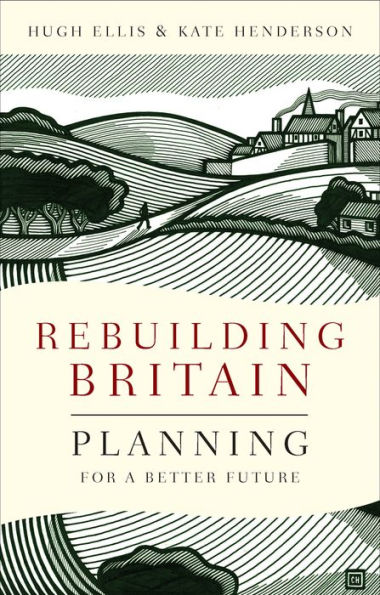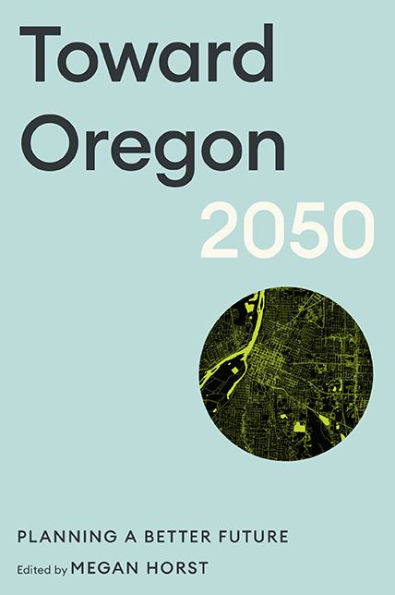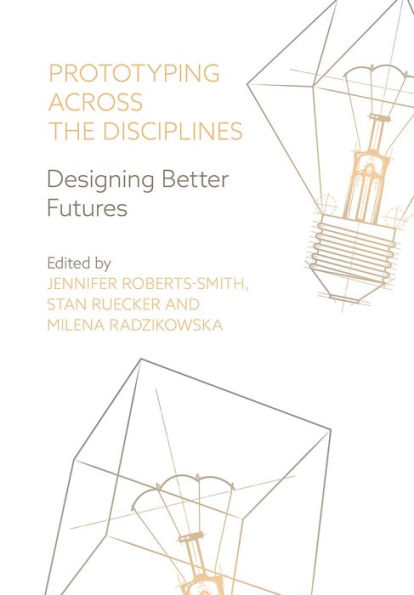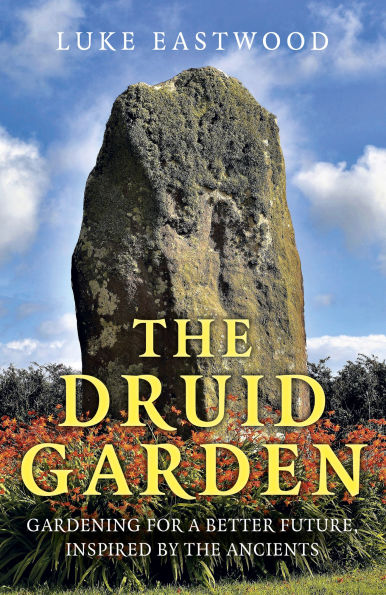Home
Elmina: Building On the Past to Create a Better Future
Barnes and Noble
Elmina: Building On the Past to Create a Better Future
Current price: $49.95
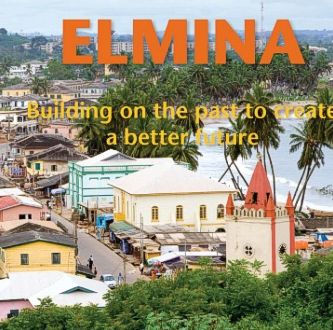

Barnes and Noble
Elmina: Building On the Past to Create a Better Future
Current price: $49.95
Size: OS
Loading Inventory...
*Product information may vary - to confirm product availability, pricing, shipping and return information please contact Barnes and Noble
The slave trade to the Americas started in many cases from Elmina, Ghana. Old Dutch slave fortresses in Elmina were restored in 2007 and alongside the restoration some sustainable developments took place: the set up of a tourist office in one of the buildings, plus an employment project in order to keep the buildings well maintained. This meant an increase in tourism, a revival of traditional culture and skills, an increasing demand for local products and thus improved living conditions.
The publication is highly illustrated with beautiful pictures by Nana Kofi Akwa. Showing the results of a successful development cooperation project in Africausing cultural built heritage as starting point and measured in physical improvements and socio-economic improvementsthis book will be of interest to architects, cultural heritage specialists, and tourists. It also demonstrates that an integrated approach works as a tool for poverty alleviation and local economic development, contributing to the debate on development cooperation by demonstrating guiding principles for project-design and management.
The publication is highly illustrated with beautiful pictures by Nana Kofi Akwa. Showing the results of a successful development cooperation project in Africausing cultural built heritage as starting point and measured in physical improvements and socio-economic improvementsthis book will be of interest to architects, cultural heritage specialists, and tourists. It also demonstrates that an integrated approach works as a tool for poverty alleviation and local economic development, contributing to the debate on development cooperation by demonstrating guiding principles for project-design and management.


